Nigeria s facial scars: The final generation
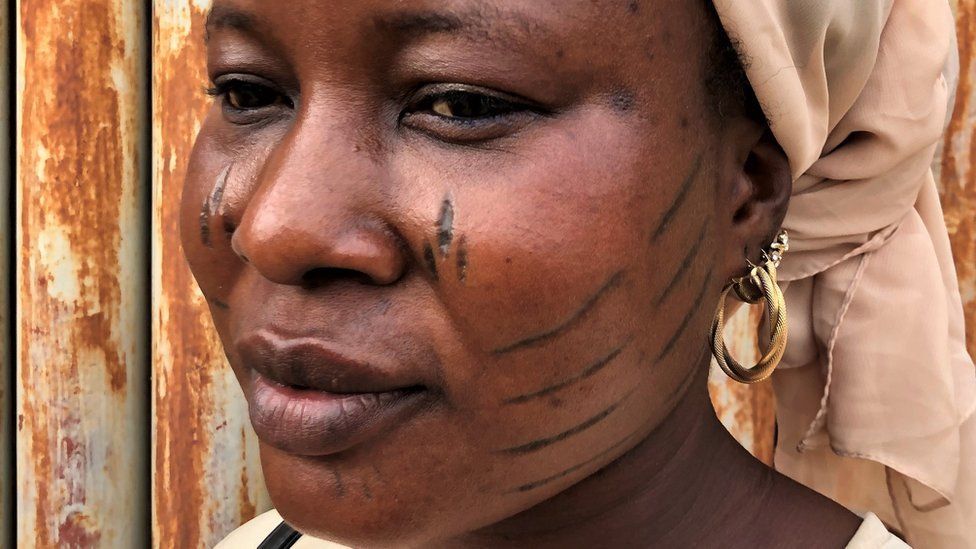 Facial scarification was once famous across Nigeria.
Facial scarification was once famous across Nigeria.
Profound cuts, generally on the two cheeks or the brow, were cut on kids by families and networks, for the most part as a characteristic of personality.
The imprints likewise held accounts of torment, resurrections and magnificence.
The training, in any case, has been disappearing since a government regulation prohibited all types of kid mutilation in 2003.
So the ongoing conveyors of facial imprints are the last age - their facial stripes as differed as Nigeria's numerous ethnic gatherings.
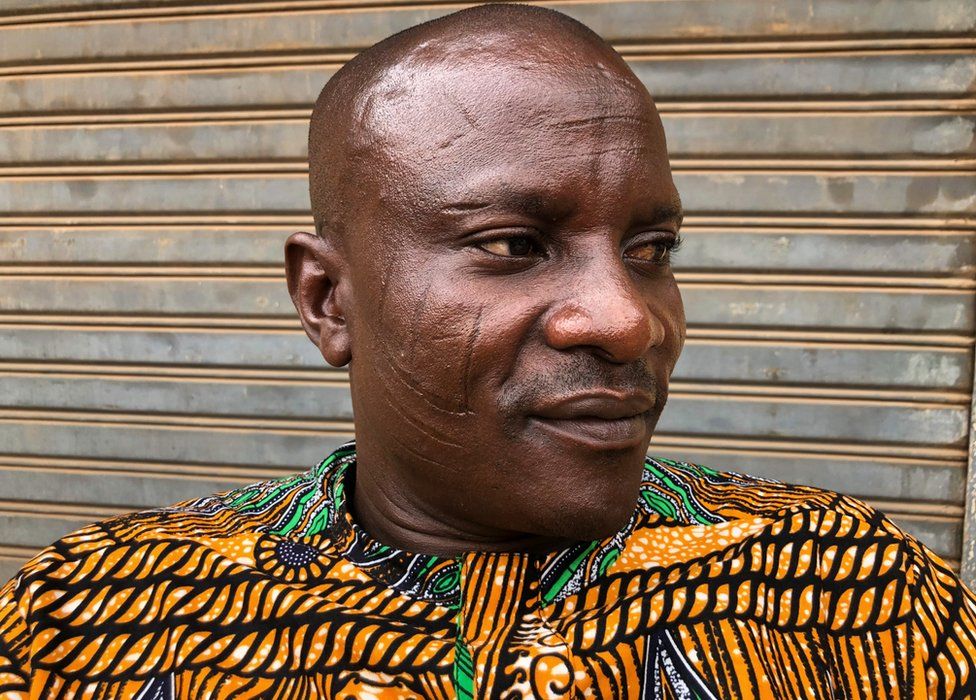
1px straightforward line
The 15 cuts on the essence of Inaolaji Akeem (above) recognize him as somebody from the Owu realm in Nigeria's south-western Ogun state.
Mr Akeem is illustrious conceived, so he has long stripes all over.
"It resembles a football pullover," he jokes, adding that they made him well known in the nearby market.
On a genuine note, Mr Akeem says he views the scars as hallowed, and doesn't really accept that individuals ought to stamp their countenances only for beautification.
This requirement for distinguishing proof through facial imprints was major areas of strength for likewise northern Nigeria, particularly among the Gobir nation of Sokoto state.
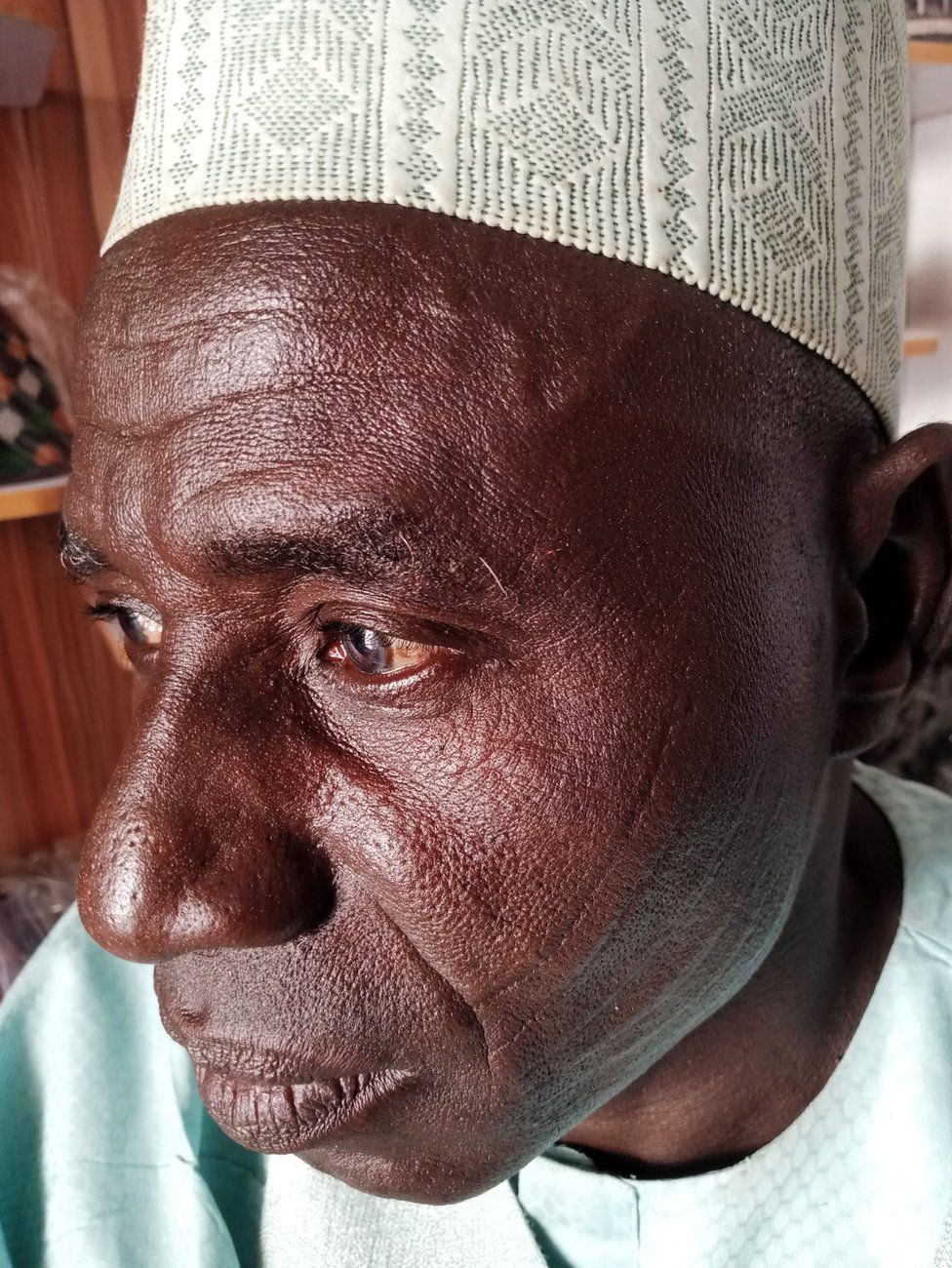
Ibrahim Makkuwana's precursors, pastoralists from Gubur in present-day Sokoto, didn't have facial imprints. However, he said, as they moved around searching for cultivating land, "they faced many conflicts and vanquished many spots".
They then chose to leave particular imprints on their cheeks, "similar to the ones their creatures had, which would help them in recognizing their family during fights", Mr Makkuwana says.
"That was the beginning of our imprints," he tells the BBC.
However, there is additionally a differentiation between the Gobirawas.
Those with six scars on one cheek and seven on the other have the two guardians from sovereignty. Those with six imprints on the two sides have just their moms from the illustrious family.
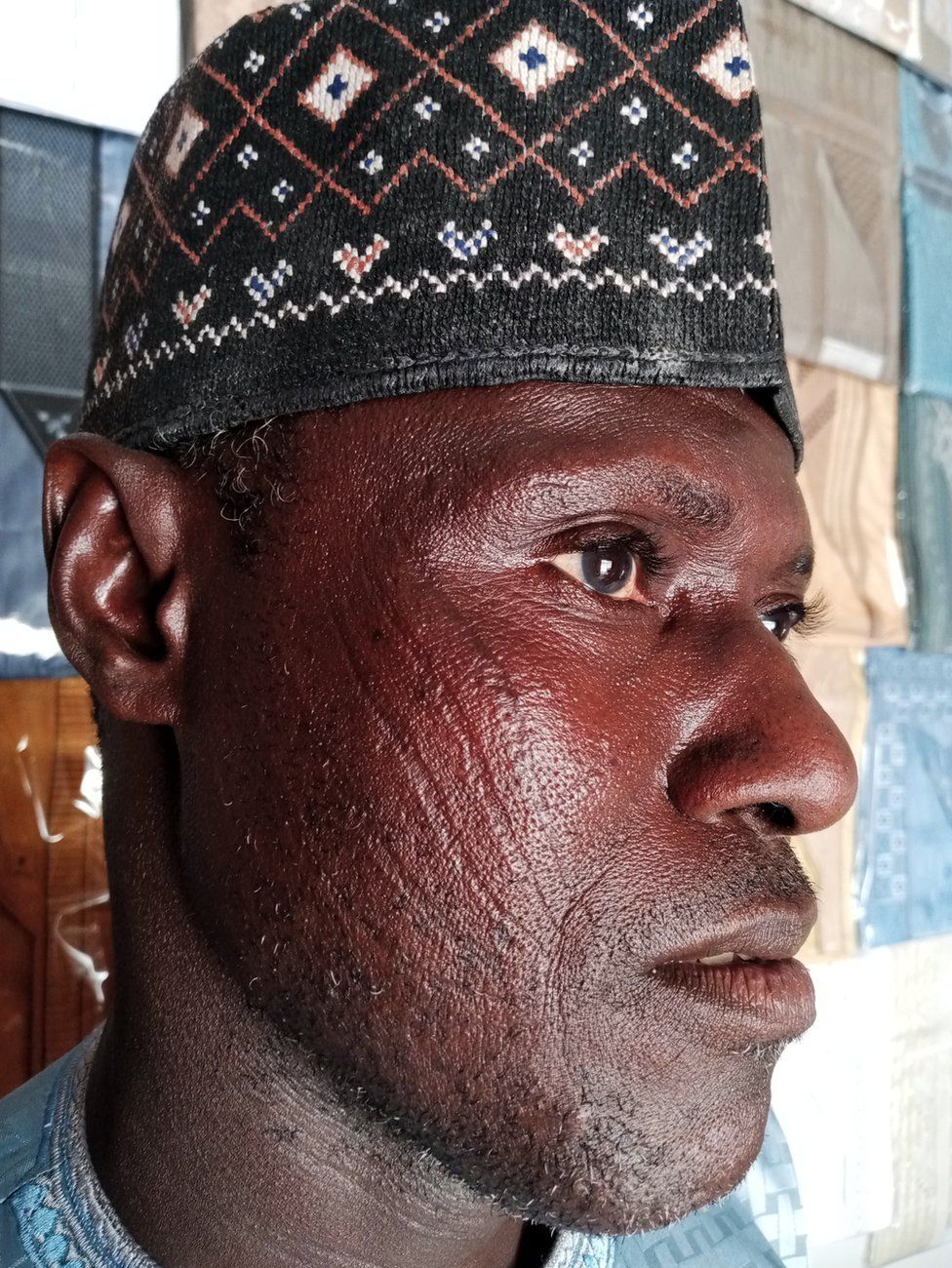
Then there are the offspring of butchers, with nine scars on one side and 11 on the other, while those with five and six imprints on either side follow their genealogy to trackers.
With respect to anglers, they have unmistakable imprints attracted up to their ears.
In the interim, among the Yorubas and Igbos of southern Nigeria, a few imprints are connected to life and demise.
There was a confidence in their networks that a few youngsters were bound to kick the bucket before pubescence.
Known as Abiku and Ogbanje individually by the two ethnic gatherings, these youngsters were accepted, by the Yoruba, to have a place with a coven of evil spirits residing in enormous iroko and baobab trees.
It was normal for ladies to lose a few youngsters very early on in progression, and it was thought it was a similar kid, returning over and over to torture their mom.
Such kids were then set apart to make them unrecognizable to their soul mates so they would remain alive.
A considerable lot of these baby passings are currently known to be brought about by sickle cell paleness, an acquired problem normal among individuals of color.
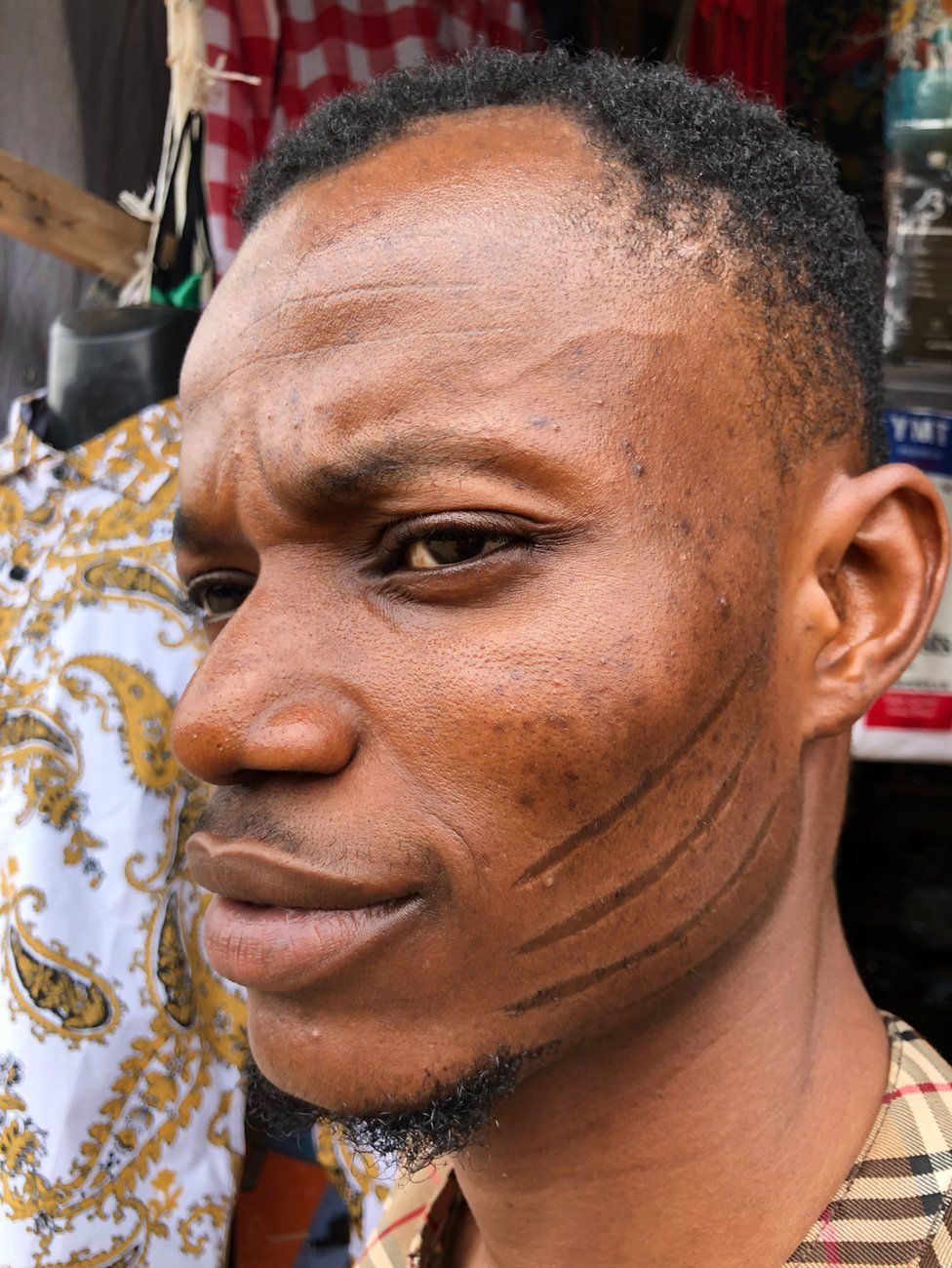
Yakub Lawal in Ibadan in south-western Oyo state, was set apart as an Abiku.
"This isn't my most memorable visit to earth, I have been here previously," he says.
"I kicked the bucket threefold, and on my fourth return I was given these imprints to prevent me from getting back to the soul world," he adds.
Firmly connected with accounts of the Abiku and Ogbanje are those whose imprints are in memory of a left relative or one who has been "reawakened".
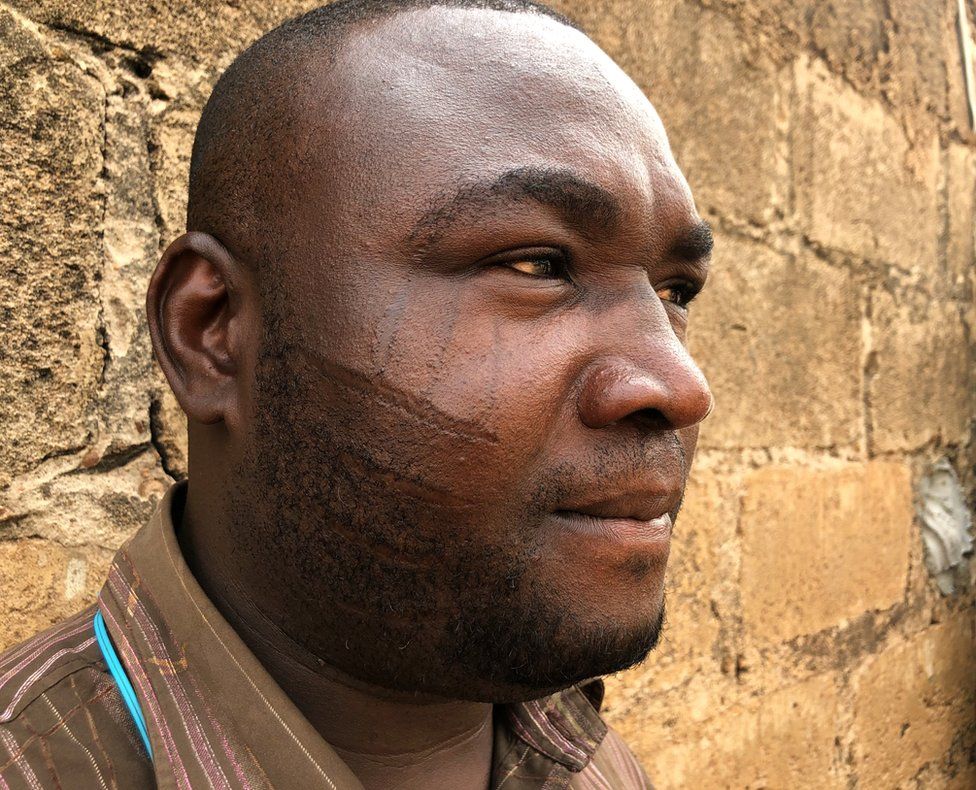 Olawale Fatunbi's four level and three vertical imprints were engraved by his grandma, who said he was a rebirth of her late spouse, who had those facial scars.
Olawale Fatunbi's four level and three vertical imprints were engraved by his grandma, who said he was a rebirth of her late spouse, who had those facial scars.
Be that as it may, Mr Fatunbi wishes he didn't have them.
"I could do without them since I see it as kid misuse however it is our way of life," he says.
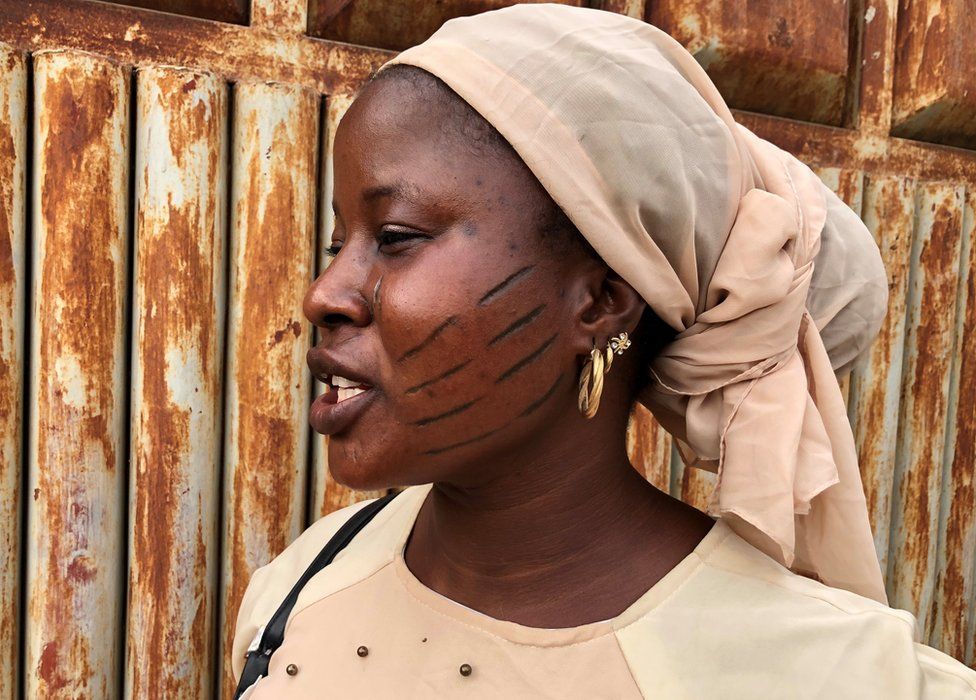 With 16 imprints all over, missing Khafiat Adeleke is difficult. Much harder to miss is the enormous billboard at her shop in Ibadan, where she has taken the moniker, Mejo (Eight) - to address the scars on her cheeks.
With 16 imprints all over, missing Khafiat Adeleke is difficult. Much harder to miss is the enormous billboard at her shop in Ibadan, where she has taken the moniker, Mejo (Eight) - to address the scars on her cheeks.
"Individuals call me Mejo from here to Lagos.
"My grandma gave them to me since I am a lone youngster," she says.
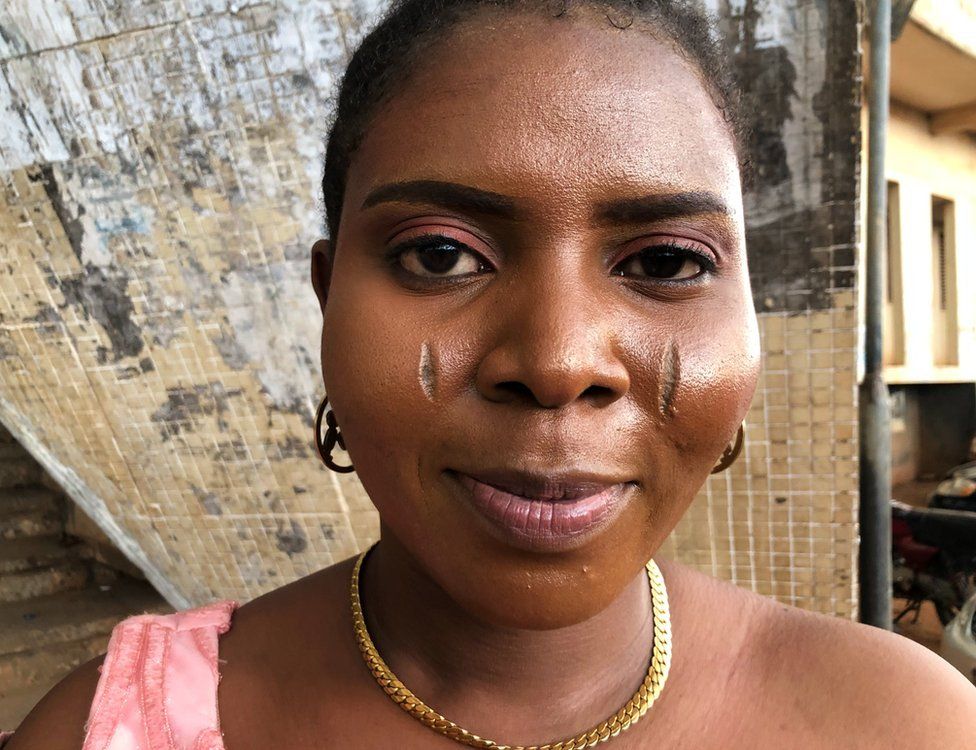
Foluke Akinyemi was set apart as a kid, a profound chasm on each cheek managed by her father on account of a nearby circumciser, who likewise did facial scarring.
"My dad pursued a choice to give me an imprint only for it and on the grounds that he thought it was wonderful.
"It makes me stick out and I thank my folks for giving it to me," she says.
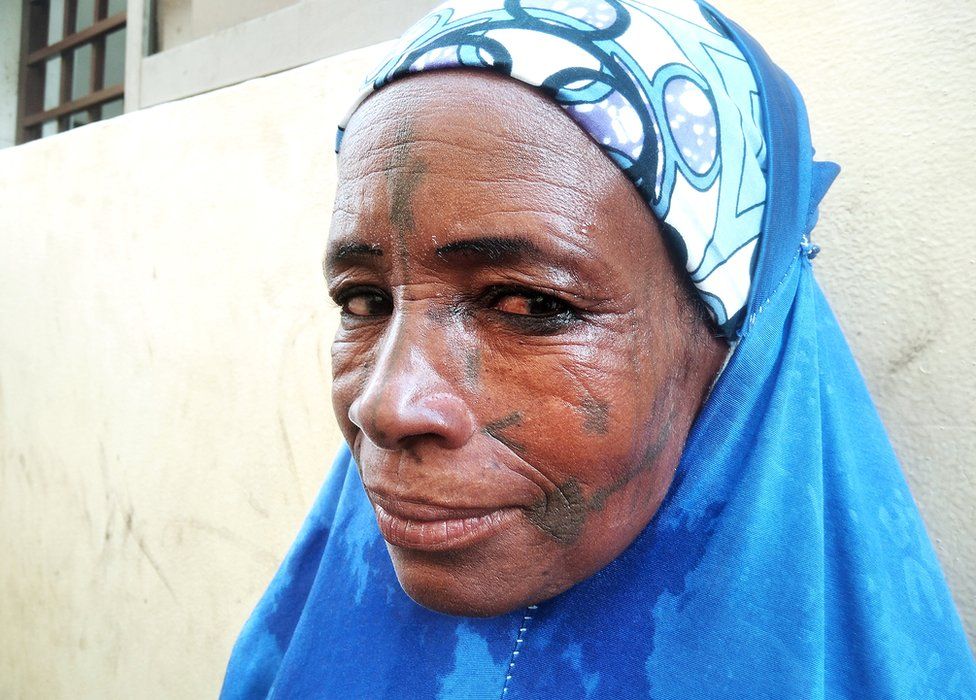 Ms Akinyemi's story is like that of Ramatu Ishyaku from Bauchi, north-east Nigeria, who has minuscule stubble like slashes on the two sides of her mouth.
Ms Akinyemi's story is like that of Ramatu Ishyaku from Bauchi, north-east Nigeria, who has minuscule stubble like slashes on the two sides of her mouth.
"It is for excellence," she says, adding that she additionally inked her face at about a similar time.
As a young lady, the stubble like markings and tattoos were well known in her town and she and her companions went to the nearby hair stylist to have them, she adds.
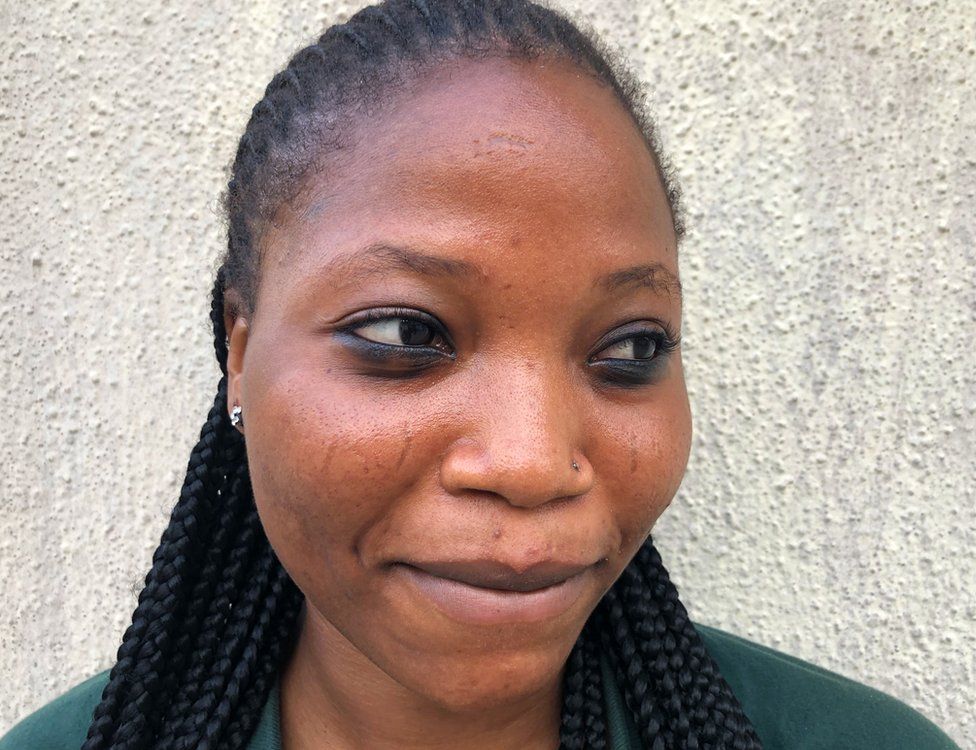 The imprints on the substance of Taiwo, who just gave her most memorable name, are currently blurring yet the memory of why she was cut actually waits.
The imprints on the substance of Taiwo, who just gave her most memorable name, are currently blurring yet the memory of why she was cut actually waits.
Whenever her twin sister kicked the bucket not long after her introduction to the world, Taiwo turned out to be sick and a conventional healer prescribed denoting her face to keep her from joining her twin.
She turned out to be better not long after the scarification, she says, however that has not made her adoration the imprints all over.
"It makes you appear to be unique from any other individual - I'd prefer not to have any imprints all over," she said.
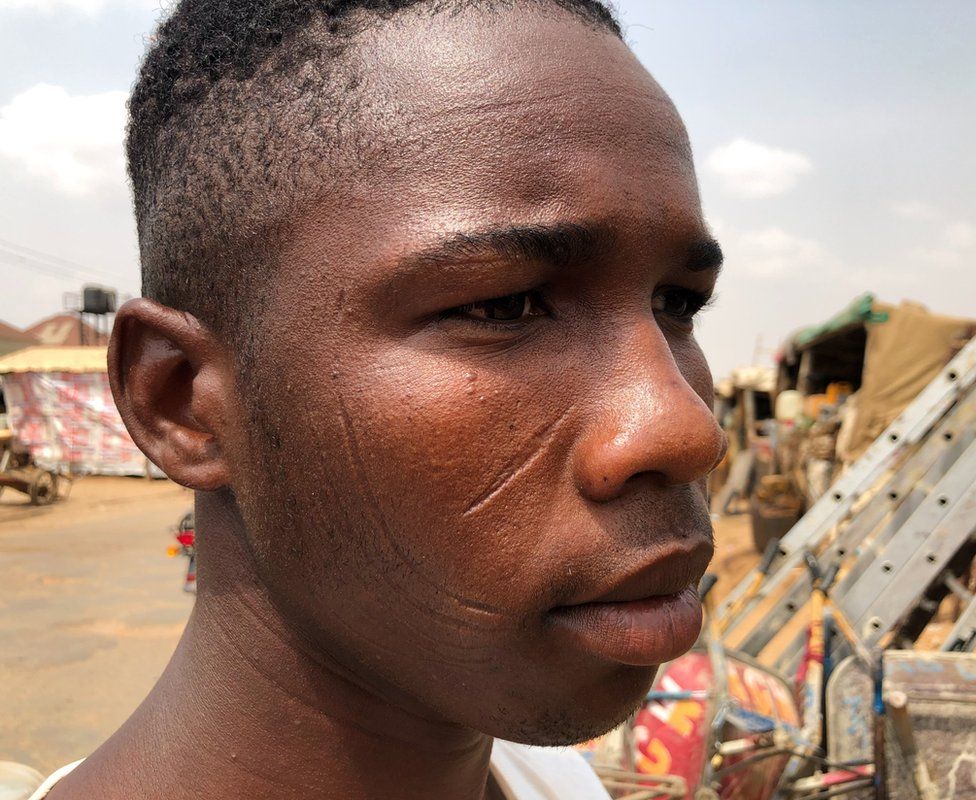
There are likewise those like Murtala Mohammed in Abuja who don't have the foggiest idea about the story behind their imprints.
"Nearly everybody in my town in Niger state had one, so I never tried to ask," he says.
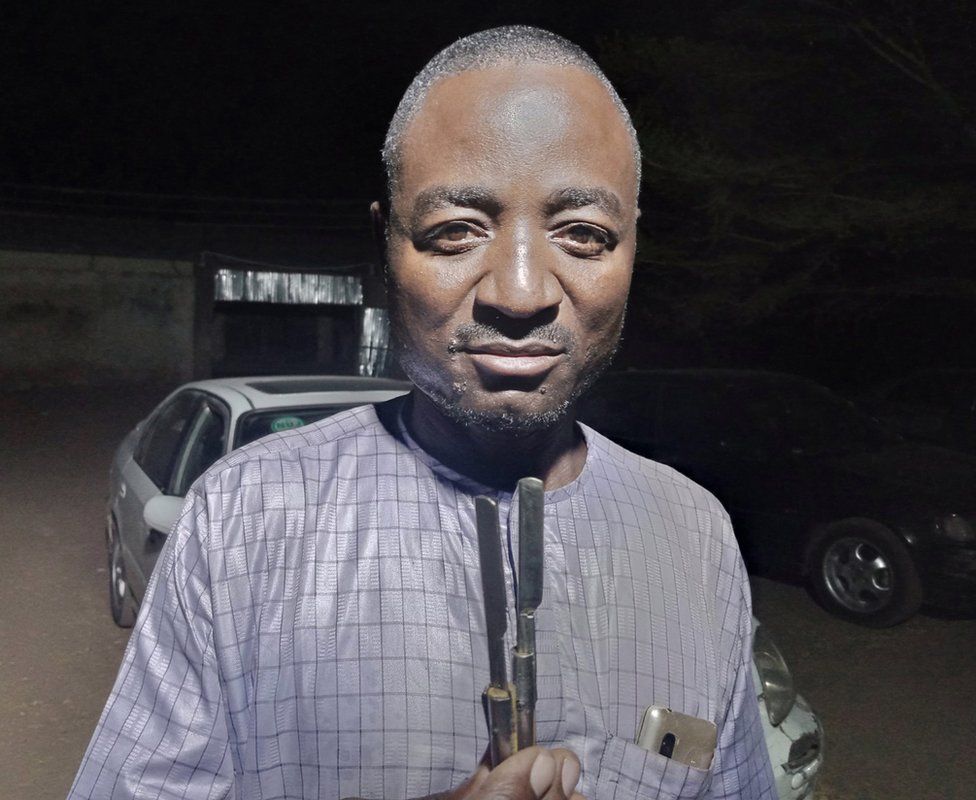 Facial imprints were recorded by nearby circumcisers and stylists like Umar Wanzam utilizing sharp cutting edges.
Facial imprints were recorded by nearby circumcisers and stylists like Umar Wanzam utilizing sharp cutting edges.
He depicts it as an agonizing encounter managed without sedatives.
The greater part of those like Mr Akeem, who were set apart as kids, concur halting facial scarification was correct.
He didn't give the practice to his youngsters even before it was banned.
"I love the imprints however they have a place with an alternate time and age," he says.

Opaque15Opk
Well